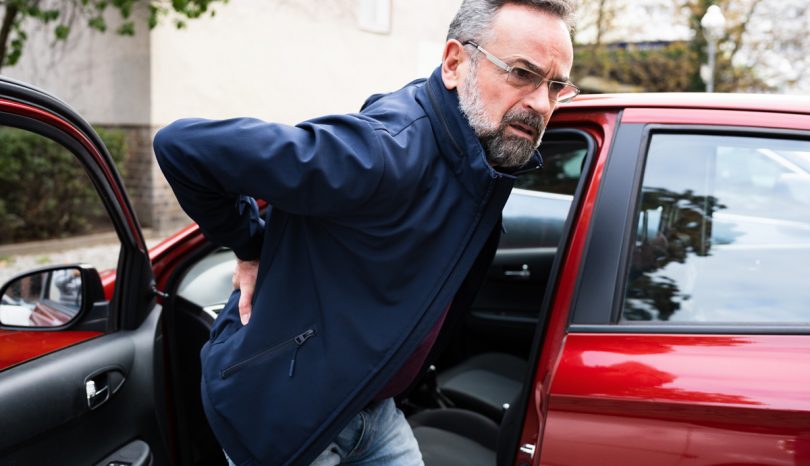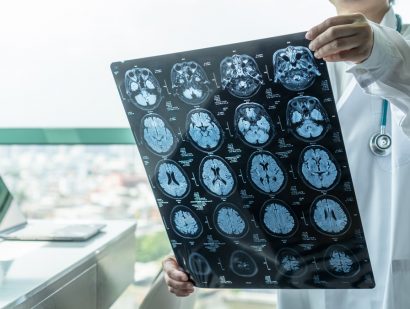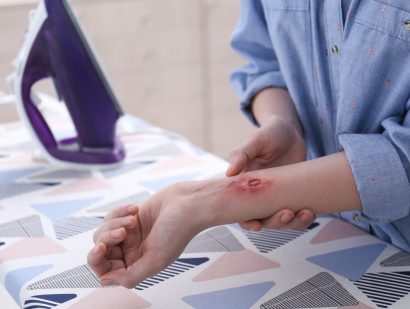- Find A Medical Provider
- Auto Injuries
- Common Injuries
- Medical/Pharmaceutical
- Types of Medical Injuries
- Malpractice Injuries
- Drug and Medical Device Injuries
- Drugs and Devices Linked to Cancer
- Opioid Addiction
- Drugs and Devices Known to Cause Injury
- 3M Combat Arms Earplugs – Hearing Loss
- Accutane
- Aciphex
- Actonel
- Actos
- Adderall and Ritalin
- Advair
- Aldara (Imiquimod)
- Alli
- Ambien
- Amiodarone
- Anzemet
- Aptivus
- Aranesp
- Arava
- Atorvastatin
- Avandia
- Benicar
- Birth Control Medication
- Blood Thinners
- Essure
- Fosamax (Alendronate Sodium)
- Gadolinium-Based MRI Contrast Agents
- Granuflo
- Hernia or Surgical Mesh Injuries
- Hydroxycut
- Inferior Vena Cava Filters
- Invokana Toe and Foot Amputations
- Ketek
- Levaquin
- Lipitor
- Mirapex
- Neurontin
- Onglyza
- Over-the-Counter Medications
- OxyContin
- Paxil
- Power Morcellators
- Pradaxa
- Propecia
- Reglan
- Talc Powder
- Trasylol
- Valsartan
- Viagra
- Xolair
- Zelnorm
- Zoloft
- Work Injuries
- Sports Injuries
- Marketing Services
- Blog
List your practice on InjuredCare | Log in / Sign up
Back Injury

Back injuries plague many auto accident victims. The term "back injury" covers an array of ailments, as the injury can be a sprain, strain or herniated disk. Whatever the case, back injuries can severely limit movement, and the effects could be permanent.
A sprain or strain in the back is the least severe type of back injury, and recovery usually lasts from two to four weeks. In rare cases, the sprain or strain requires surgery. Usually, however, the injury can be treated with ice and over-the-counter pain relievers. Patients usually return to normal activity within a couple of days, which is beneficial because prolonged immobility could inhibit recovery.
Symptoms of a back sprain or strain include muscle weakness, muscle spasms and inflammation in the injured area. Severe swelling or bruising also can accompany such an injury.
A herniated disk occurs when a spinal disk (a cushion that sits between each vertebra of the spine) ruptures and pushes outside of its normal boundary. The disk then will press on a nerve, often causing pain and/or weakness in another part of the body, frequently the arms or legs.
A doctor diagnoses a herniated disk using a diagnostic imaging test called an MRI. Treatment varies according to factors such as the patient's symptoms and age. Often, treatments begin conservatively, and aggressive measures are taken if the symptoms do not subside.
Symptoms of a herniated disk include sudden pain in the arms or legs, tingling, numbness and muscle weakness. Some patients experience bowel or bladder problems. Initially, heat and ice can be placed on the back to relieve pain and swelling. Physical therapy stabilizes and strengthens the back muscles. As with any injury, pain medication can reduce discomfort. In some cases, a doctor will recommend surgery to remove the herniated disk.
Broken vertebrae also are a concern after an auto accident. Sometimes, the worst vertebrae injuries damage the spinal cord, rendering the patient paralyzed. In most cases, though, broken vertebrae are treated with immobilization and painkillers. A doctor will use an X-ray to determine the extent of the injury.
Symptoms of broken vertebrae include pain and stiffness. Sometimes, the break creates a bump on the spine, which can cause soreness. Severe cases of broken vertebrae, in which the spinal cord is damaged, create neurological problems such as paralysis or even death.









